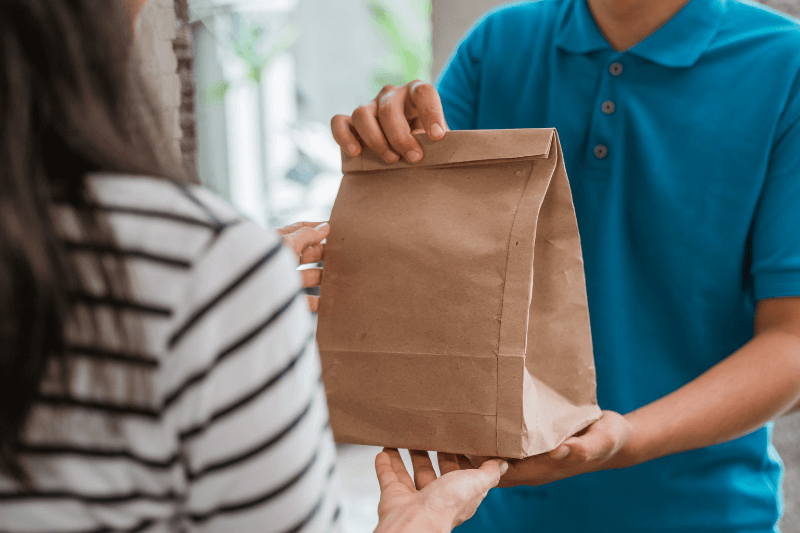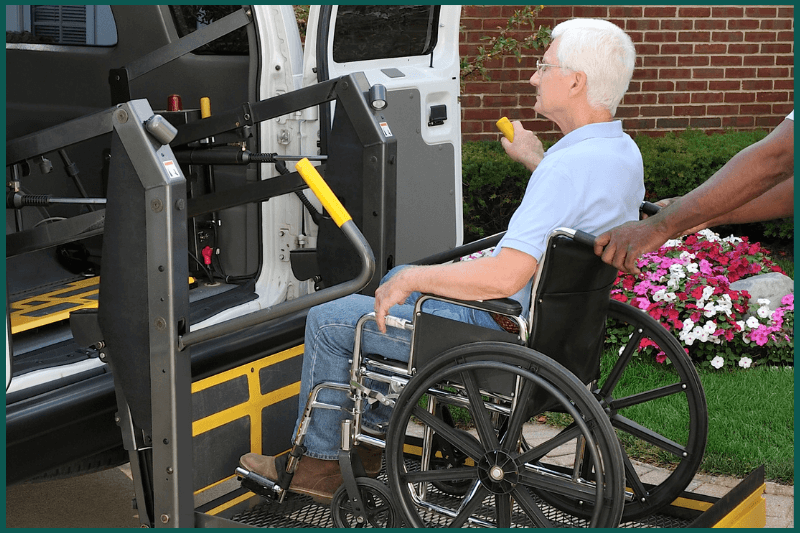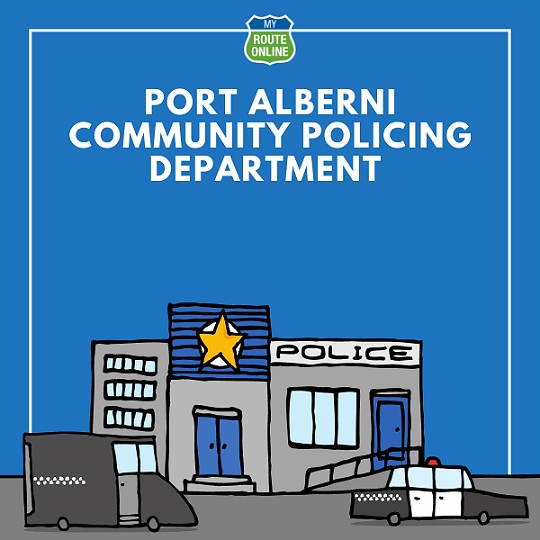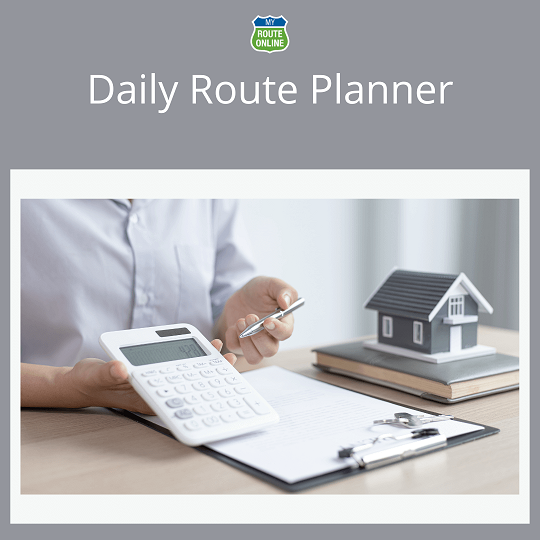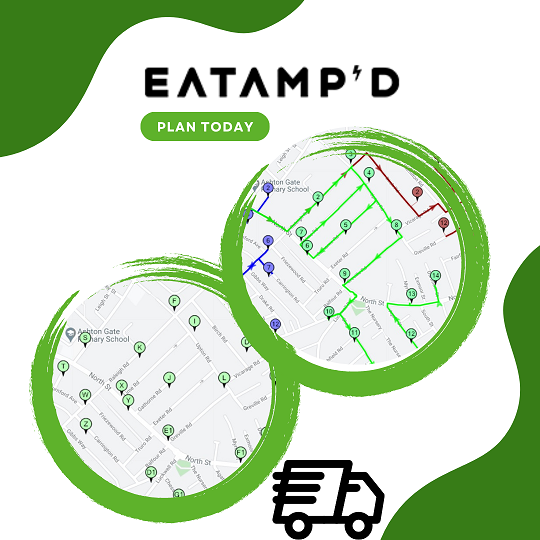Route Planning Optimizes Vaccine Distribution for Patients
February 17, 2021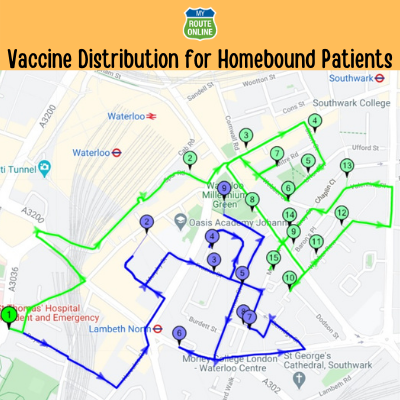
Vaccinating homebound patients for COVID-19 is a big challenge for the healthcare community. Logistical issues are complicated by the need to vaccinate as many people as possible, as quickly as possible.
Additionally, certain groups of high-risk patients are often homebound and unable to travel to get vaccinated. At the same time, the vaccine’s temperature needs to be carefully controlled to remain effective. That creates complications with timing and location.
Recently, Dr. Simon Bradley and Dr. Dominique Thompson of the NHS, U.K.’s National Health Service, shared how MyRouteOnline helped their efforts to vaccinate homebound patients in a timely and efficient manner.
Timing is Everything
COVID-19 vaccinations require strict temperature control. For example, the Oxford/AstraZeneca vaccine can only be held outside of the cool chain (2–25 °C) for six hours. The doctors recommend taking only enough vaccines to use in this time window, while also allowing for delays.
Dr. Bradley and Dr. Thompson used MyRouteOnline to create routes connecting multiple addresses and were able to make the most of their time and vaccine supplies. Route planning was essential for maximizing the doctors’ ability to administer the vaccines in specific time windows.
General practitioners are working so hard these days that they can’t afford wasting too much time on planning routes or driving around in circles. That is why they plan their routes using MyRouteOnline to save time planning and driving.
Data Confidentiality
General practitioners found MyRouteOnline offered the routing capabilities they need, while also meeting the requirements for patient confidentiality.
“You don’t need to upload patient identifiable data, so there’s no privacy concerns,” Dr. Bradley and Dr. Thompson said. Other doctors and hospital staff using our service entered only initials to keep their patients’ data safe and confidential.
Service Time
MyRouteOnline calculates travel time, while allowing users to specify the time they would like to spend at each patient’s home. Healthcare workers planning their routes allowed a 15 minutes visit for each patient and added a little more time when two patients were living in the same household. This service time was calculated in the routing process which helped tell patients the likely time window for the visit.
The doctors created their routes by making the first visit to the furthest patient away geographically. Then, MyRouteOnline optimized the routes from that point to the rest of the stops and ended each route at the doctor’s office.
Communication with Patients
Patients were asked to be dressed for quick vaccination, wear a mask and be in a well-ventilated space. To avoid delays, they were told that this visit was only for vaccination and other requests or checks must be dealt with separately.
Prior to the routing process, the staff made sure to double check addresses, particularly apartment numbers and other identifying information. They used printed copies of the routes with maps and driving directions that included the times and addresses of the route. Additionally, they made sure to include contact phone numbers, which came in handy multiple times.
All housebound people registered with the practice were vaccinated in one day and the result was successful from the perspective of both the patients and the healthcare workers. Now, they are looking forward to round 2: The second dose of the vaccine.
Try our Online Route Planner for Free!

